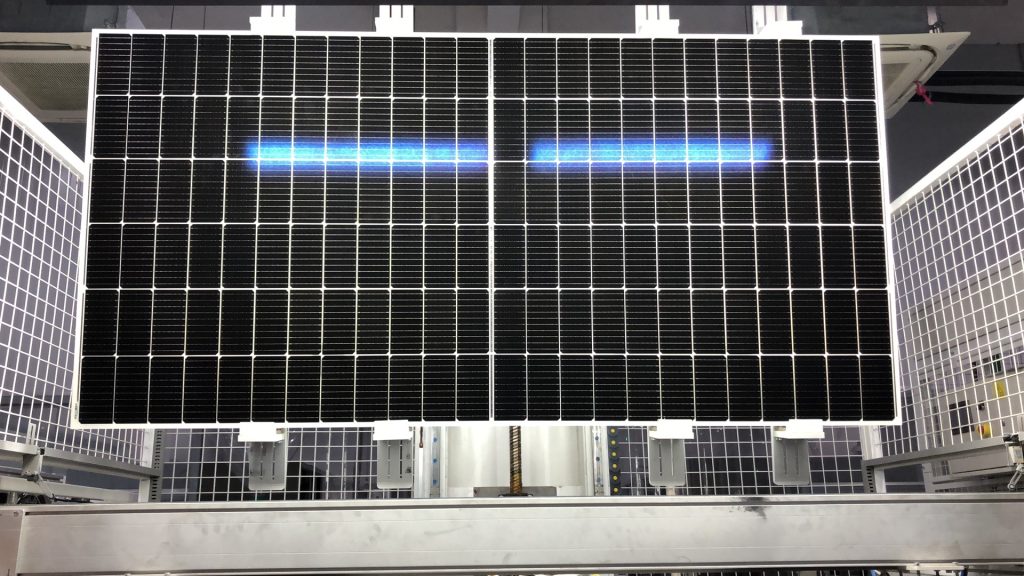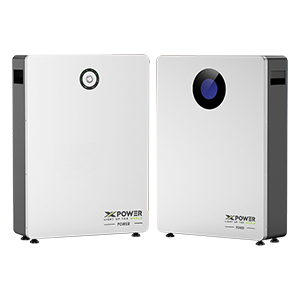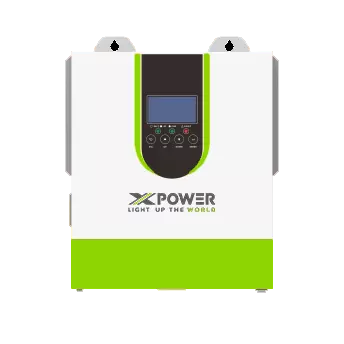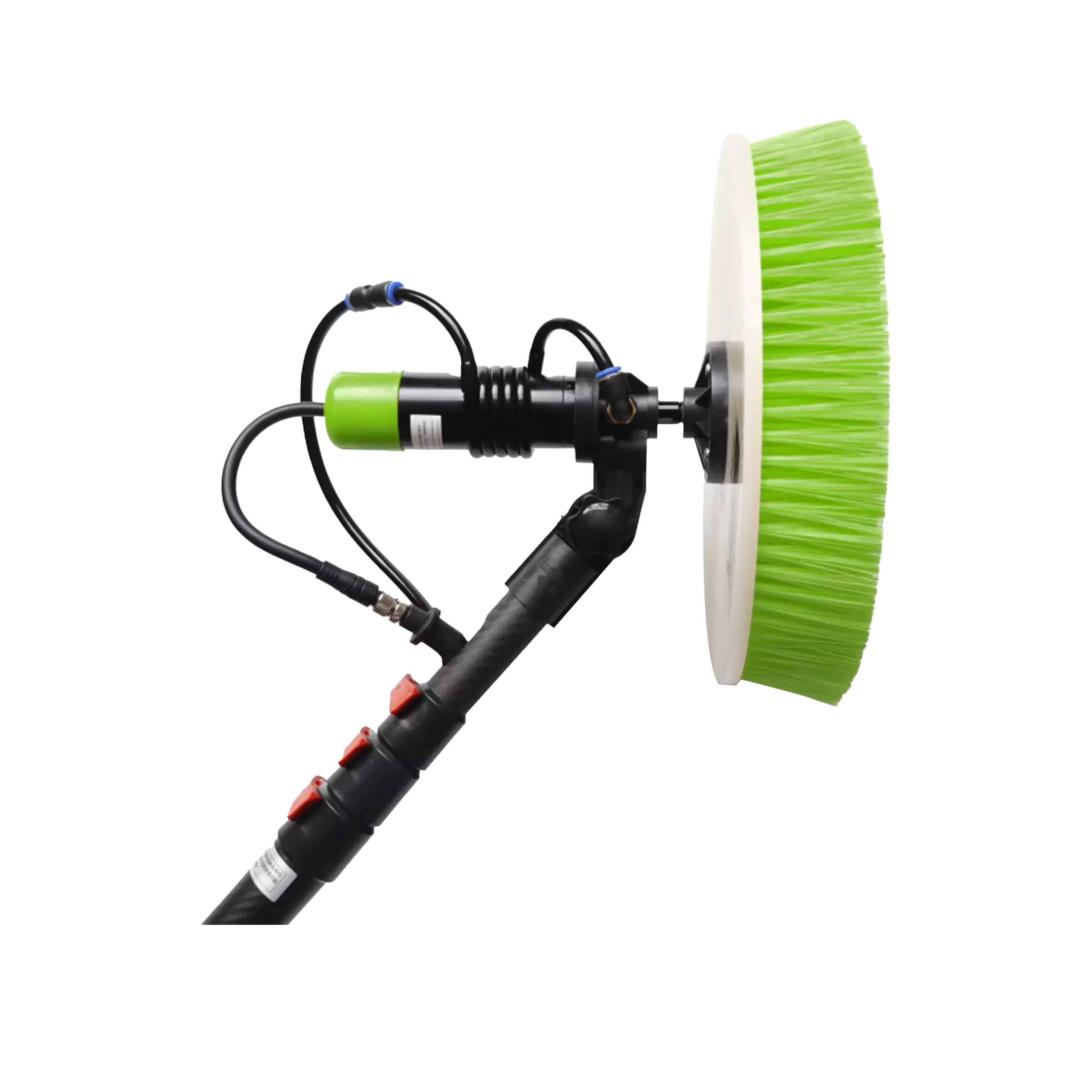HJT vs. TOPCon solar panels: What’s the difference ?
Time of Release : 2024-03-30
The solar industry is continuously evolving, with new technologies emerging to improve the efficiency and performance of solar panels. Two such advanced solar panel technologies that have gained prominence in recent years are Heterojunction (HJT) and Tunnel Oxide Passivated Contact (TOPCon). Both technologies aim to enhance the conversion of sunlight into electricity, but they do so through different mechanisms and have distinct characteristics. In this article, we will delve into the specifics of HJT and TOPCon solar panels to understand their differences and potential applications.

Heterojunction (HJT) Solar Panels
HJT technology is a combination of crystalline silicon and thin-film solar cell technologies. This hybrid approach leverages the strengths of both technologies to achieve higher efficiencies.
Key Features of HJT Solar Panels:
Materials: HJT cells use monocrystalline silicon as the base, which is known for its high purity and efficiency. Additionally, amorphous silicon (a-Si:H) is used to create a buffer layer that reduces surface recombination, a process that can limit the efficiency of standard silicon cells.
Structure: The HJT cell structure includes a c-Si wafer-based layer sandwiched between two thin intrinsic a-Si:H layers, with doped a-Si:H layers on top of each intrinsic layer.
Efficiency: HJT solar cells have achieved efficiencies of up to 26.7% for monofacial modules, with bifacial modules potentially exceeding 30% when combined with other technologies.
Temperature Coefficient: HJT panels have a lower temperature coefficient, which means they perform better under extreme temperature conditions compared to standard c-Si modules.
Manufacturing: While the manufacturing process for HJT cells is more complex than traditional cells, the cost of necessary equipment is decreasing, making it more accessible.
TOPCon Solar Panels
TOPCon technology is a subtype of N-type solar cells that builds upon the PERC (Passivated Emitter Rear Contact) technology to further improve efficiency.
Key Features of TOPCon Solar Panels:
Efficiency: TOPCon solar cells have achieved efficiencies ranging from 24 to 28%, surpassing traditional PERC cells. This is accomplished by reducing electron recombination at the surface with passivated contacts.
Materials: TOPCon cells use phosphorus doping instead of boron, which enhances efficiency and avoids degradation caused by oxygen.
Temperature Sensitivity: TOPCon panels offer improved temperature sensitivity, meaning they experience less efficiency loss in high-temperature environments compared to P-type PERC cells.
Bifaciality: TOPCon panels have a higher bifaciality factor, which allows them to utilize both sides for power generation, especially in environments with reflective surfaces.
Manufacturing: The manufacturing process for TOPCon is an upgrade to existing PERC processes, involving the addition of an ultra-thin oxide layer to enhance performance.
Comparing HJT and TOPCon
While both HJT and TOPCon technologies aim to increase solar cell efficiency, they do so through different means and have varying implications for manufacturing and performance.
Efficiency: Both technologies offer higher efficiencies than traditional solar cells, with TOPCon potentially reaching slightly higher efficiency rates.
Manufacturing Complexity: HJT requires a more complex manufacturing process compared to TOPCon, which is an upgrade to the established PERC process.
Temperature Performance: Both technologies show improved performance under high temperatures, but TOPCon has a slight edge in terms of temperature sensitivity.
Bifaciality: While HJT cells can be designed for bifacial use, TOPCon panels inherently have a higher bifaciality factor, making them more effective at utilizing reflected light.
Conclusion
HJT and TOPCon solar panels represent the cutting edge of solar technology, each with its unique advantages. HJT offers a hybrid approach that combines the best of crystalline silicon and thin-film technologies, while TOPCon builds upon the established PERC technology to achieve higher efficiencies with less complex manufacturing upgrades.
As the solar industry continues to grow and innovate, both HJT and TOPCon are expected to play significant roles in driving the adoption of solar energy and reducing the cost of solar power. Ultimately, the choice between HJT and TOPCon will depend on specific project requirements, cost considerations, and desired performance characteristics.





